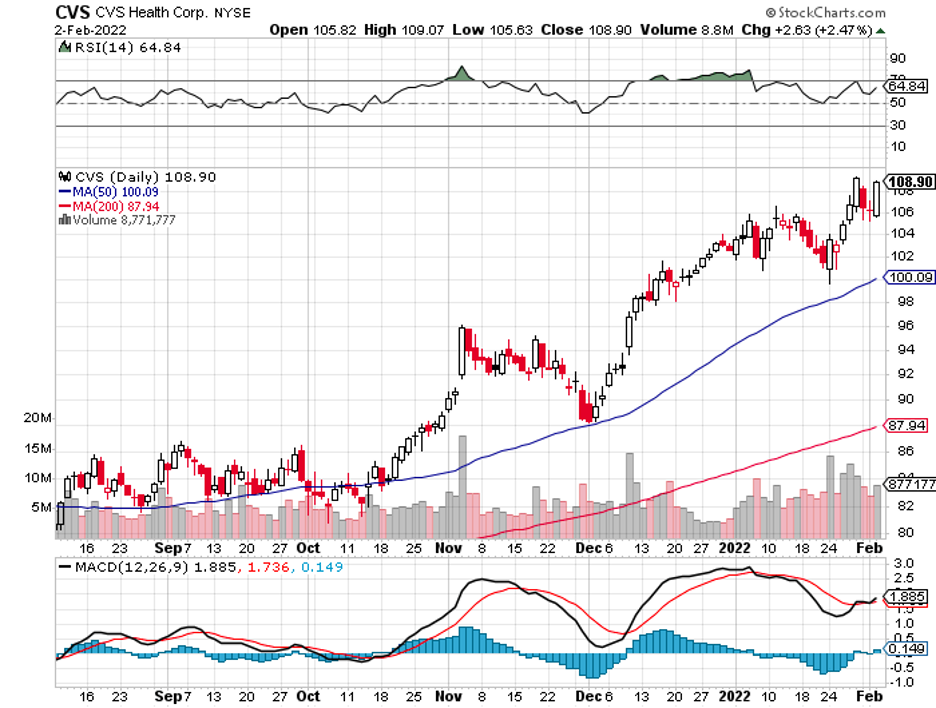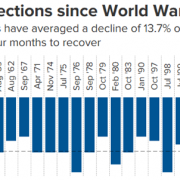The healthcare market is under attack.
Amazon (AMZN) is invading the healthcare sector, wielding its far-reaching online presence and countless distribution warehouses to dominate the market.
Leveraging its ability to offer quick shipping to practically all locations, Amazon has transformed into a grab-anything-and-everything-possible business.
Now, it has set its sights on the healthcare and prescription sector. In fact, it has been attempting to infiltrate this segment since 2018 when it acquired PillPack.
The only limitation of that deal was that customers still had to get prescriptions from their doctors to avail of the PillPack service.
However, Amazon’s not the only one seeing the potential of this sector.
Following the difficulties it encountered in cornering the market, the e-commerce giant collaborated with fellow Wall Street titans Berkshire Hathaway (BRK.A) (BRK.B) and JPMorgan (JPM). Together, the three companies launched a service they called “Haven.”
Unfortunately, the venture eventually fell apart, and they canceled the deal altogether.
Despite that unfortunate end, Amazon refuses to back down on its vision. Recently, it decided to take another stab at the venture with a rebranding, giving birth to AmazonCare.
The goal is to offer assistance to customers in booking doctor appointments and receiving prescriptions online.
Undeniably, any business endeavor with Amazon’s backing will make waves in any industry. Nonetheless, this new venture could still be a tough sell.
For now, the company's strength is hoping to use the “Amazon effect” to sway members into signing up and using AmazonCare as well.
Surprisingly, Amazon finds itself facing an unlikely challenger in this pursuit: CVS (CVS).
Like Amazon, Berkshire, and JPMorgan, CVS has also recognized the potential of this market.
Unlike Amazon’s partners, CVS has decided to invest to become a frontrunner in terms of dominating the same sector and eventually taking advantage of this rapidly expanding total addressable market.
Instead of following the track of its fellow healthcare providers, such as UnitedHealth (UNH) and Anthem (ANTM), CVS has opted to change its angle of attack in the hopes of gaining more market share and reaping higher profits.
CVS is putting to good use its over 9,900 stores and distributions as means to establish better connections and rapport with customers.
After all, statistics indicate that approximately 80% of American citizens live less than 10 miles from a CVS branch.
This offers CVS a competitive advantage in terms of proximity to its customers. That is, it offers a unique convenience as it serves as the ever-present “corner stores” in practically every city.
Leveraging the locations, CVS has set up about 1,500 branches into “HealthHubs” by the end of 2021.
Basically, HealthHubs serve as emergency care clinics found inside CVS stores, providing customers with easy access to convenient and even cheaper after-hours health checkups.
Aside from this feature, a growing number of CVS stores are starting to get set up to be able to ship medicines or any other products ordered online, while other branches are being eyed as potential UPS drop-off points.
This setup will transform several branches into convenient “mini” distribution centers.
CVS has broken out of its “boring corner drugstore” image following its decision to target a more lucrative and massive healthcare sector.
It started the ball rolling when it acquired Aetna for $69 billion—a decision that so many investors disapproved of at that time.
Until recently, the market has largely ignored CVS because of the debt it incurred from the Aetna deal.
However, the tides had turned when investors finally realized that the drugstore giant had been efficiently and effectively executing a brilliant strategy all this time.
With Aetna under its wing, CVS has been granted access to a multitude of healthcare and managed care benefits availed by more than 23 million members. The sheer number of subscribers transformed the company into the third-biggest health insurer in the United States—next only to decades-long established providers Anthem and UnitedHealth.
Riding this momentum, CVS has been aggressive in revamping its image and expanding its services.
On top of its HealthHubs and Aetna advantages, CVS has recently paired up with Teladoc (TDOC) to leverage its virtual healthcare services to offer even more convenience to its customers.
This is another massive market since CVS already has roughly 35 million digital customers subscribed to its CVS app.
These users are all ordering products and other prescriptions from CVS. Integrating Teladoc’s services to the mix would be a surefire way of boosting its membership and adding a lucrative revenue stream.
Keep in mind that the global market for telehealth services is projected to expand somewhere between $300 billion to $700 billion by 2028—and that’s a conservative estimate.
CVS’ move to use Teladoc software is a positive indication of early technology adoption, positioning the drugstore chain at the forefront of a healthcare revolution.
Overall, CVS can only be described as a company striving to become a unique business that offers a range of products that no one else in the industry provides.
Although it’s improbable that it’ll sustain a monopoly in these services, CVS has been gradually transforming and growing into an almost unbeatable force in the industry by leveraging its strengths in an effective and logical method.
Moreover, it has evolved from a stodgy drugstore into an early tech adopter and a revolutionary business that can stand to challenge the likes of Amazon.



